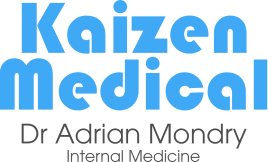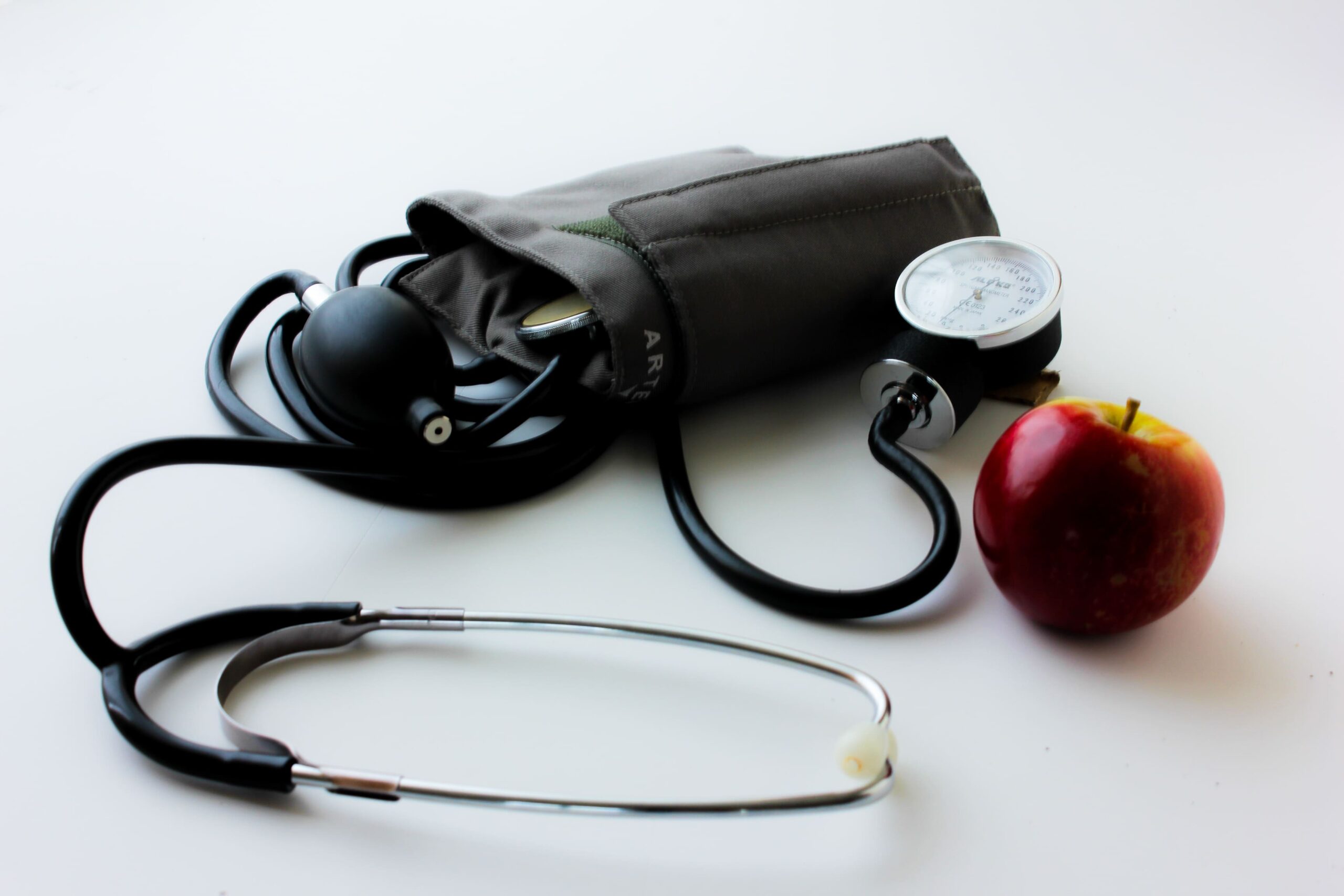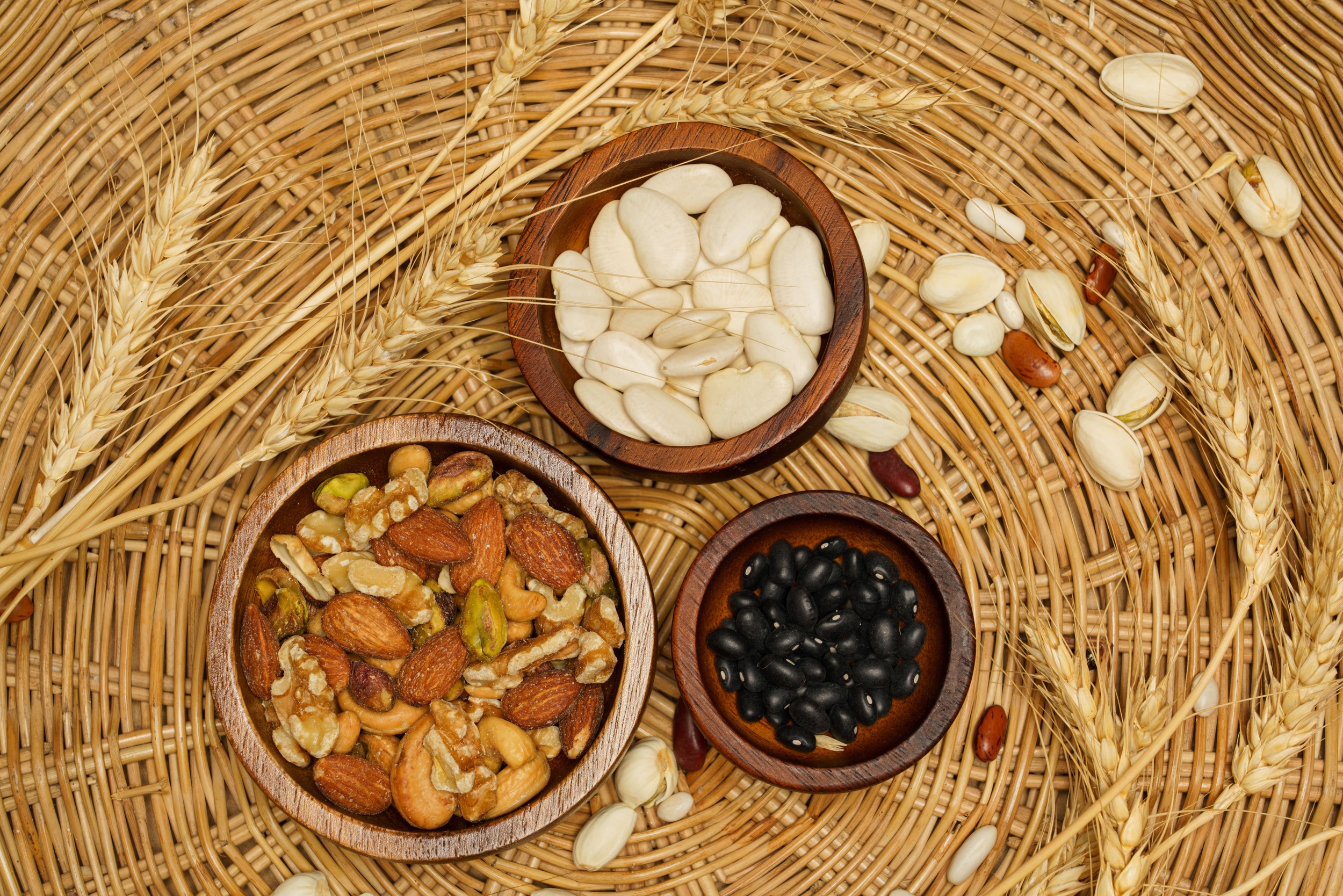Insulin resistance and high blood pressure often occur together, forming a health combination that can quietly increase your risk of long-term complications. While many people are aware of high blood sugar or hypertension individually, the link between them is often missed. This article explains how insulin resistance affects blood pressure, the signs to watch for, and what you can do about it.
Understanding Insulin Resistance
Insulin resistance happens when your body’s cells stop responding properly to insulin, a hormone that helps move sugar (glucose) from your blood into your cells for energy. In response, your pancreas produces more insulin to maintain normal blood sugar levels.
Key aspects of insulin resistance include:
Gradual development: It usually develops slowly, often with no early symptoms.
Glucose build-up: When cells resist insulin, glucose remains in the bloodstream longer, potentially leading to prediabetes or type 2 diabetes.
Metabolic changes: The body’s attempt to manage excess glucose affects multiple systems, including blood pressure regulation.
Often reversible: Early changes to lifestyle can help improve insulin sensitivity.
How Insulin Resistance Affects Blood Pressure
Insulin resistance contributes to high blood pressure (hypertension) through several pathways:
Sodium retention: Excess insulin causes your kidneys to retain more salt (sodium), increasing blood volume and pressure.
Stiff blood vessels: Insulin resistance reduces nitric oxide, a chemical that keeps blood vessels relaxed. This leads to narrower, stiffer arteries that raise blood pressure.
Nervous system activation: High insulin levels overstimulate your sympathetic nervous system, causing your heart to beat faster and your blood vessels to constrict.
Chronic inflammation: Low-grade inflammation caused by insulin resistance may damage blood vessels and increase arterial stiffness.
Early Signs You Shouldn’t Ignore
Both insulin resistance and high blood pressure can develop without clear symptoms. However, certain signs may point to their presence:
Dark skin patches (acanthosis nigricans): Commonly found on the neck, armpits, or groin.
Increased waist circumference: Belly fat is a key marker for metabolic risk.
Fatigue after meals: Feeling unusually tired after eating, especially carbohydrate-rich meals, may indicate glucose processing issues.
Frequent thirst and urination: These classic diabetes symptoms can appear as insulin resistance progresses.
Risk Factors for Insulin Resistance and High Blood Pressure
Some people are more likely to develop insulin resistance and high blood pressure. Key risk factors include:
Family history: A genetic link to diabetes or hypertension increases your risk.
Sedentary lifestyle: Lack of physical activity reduces insulin sensitivity and weakens cardiovascular function.
Diet: High intake of processed foods, sugary drinks, and refined carbs can worsen both conditions.
Poor sleep: Inadequate sleep disrupts hormone regulation, including those that control blood pressure and blood sugar.
Diagnostic Tests and Monitoring
Accurate diagnosis of insulin resistance and high blood pressure involves a combination of tests and personalised evaluations to understand how your body is functioning across systems.
Tests for Insulin Resistance
- Blood Glucose and HbA1c Testing: Measures your current and average blood sugar levels over the past three months to assess for prediabetes or diabetes.
- Insulin Levels: Helps determine how much insulin your body is producing to maintain normal blood sugar, which can indicate early insulin resistance.
- Lipid Profile and Inflammatory Markers: Evaluates cholesterol levels and low-grade inflammation, both of which are commonly altered in metabolic dysfunction.
- Body Composition Analysis: May be used to assess fat distribution and muscle mass, which can impact insulin sensitivity.
Tests for High Blood Pressure
- 24-Hour Ambulatory Blood Pressure Monitoring: Provides a complete picture of blood pressure fluctuations throughout the day and night.
- Pulse Wave Analysis and Central Blood Pressure Monitoring: Offers detailed insights into arterial stiffness and cardiovascular strain.
- ECG and Cardiac Screening: Assesses heart rhythm and function to detect complications associated with long-standing hypertension.
- Kidney Function and Blood Chemistry Panels: Helps identify secondary causes or complications from elevated blood pressure.
Treatment Strategies That Address Both Conditions
Managing both insulin resistance and high blood pressure typically requires a comprehensive, long-term strategy.
Lifestyle Modification
Balanced diet, regular exercise, and stress management: Adopting a low glycaemic, high-fibre, and reduced-sodium diet, along with consistent aerobic and resistance training, supports both blood sugar and blood pressure control. Managing sleep and stress further helps stabilise hormonal balance and improve metabolic health.
Medical Treatment and Ongoing Monitoring
Medications:
- For insulin resistance: Metformin or other insulin-sensitising agents may be prescribed.
- For high blood pressure: ACE inhibitors, ARBs, or other antihypertensives tailored to individual risk factors.
Chronic Disease Management Programmes: These integrated programmes coordinate care across multiple conditions, providing structured follow-up, education, and progress tracking.
Regular Monitoring: Routine follow-up with blood tests and cardiovascular assessments helps fine-tune treatment and detect complications early.
When to Seek Medical Attention
If you are experiencing signs like fatigue after meals, increased thirst, or elevated blood pressure readings at home, consult an internal medicine or hypertension specialist in Singapore. Even without symptoms, individuals with risk factors such as family history, central obesity, or poor sleep may benefit from a personalised health screening. This allows for early detection of metabolic and cardiovascular risks and supports timely, tailored care.




